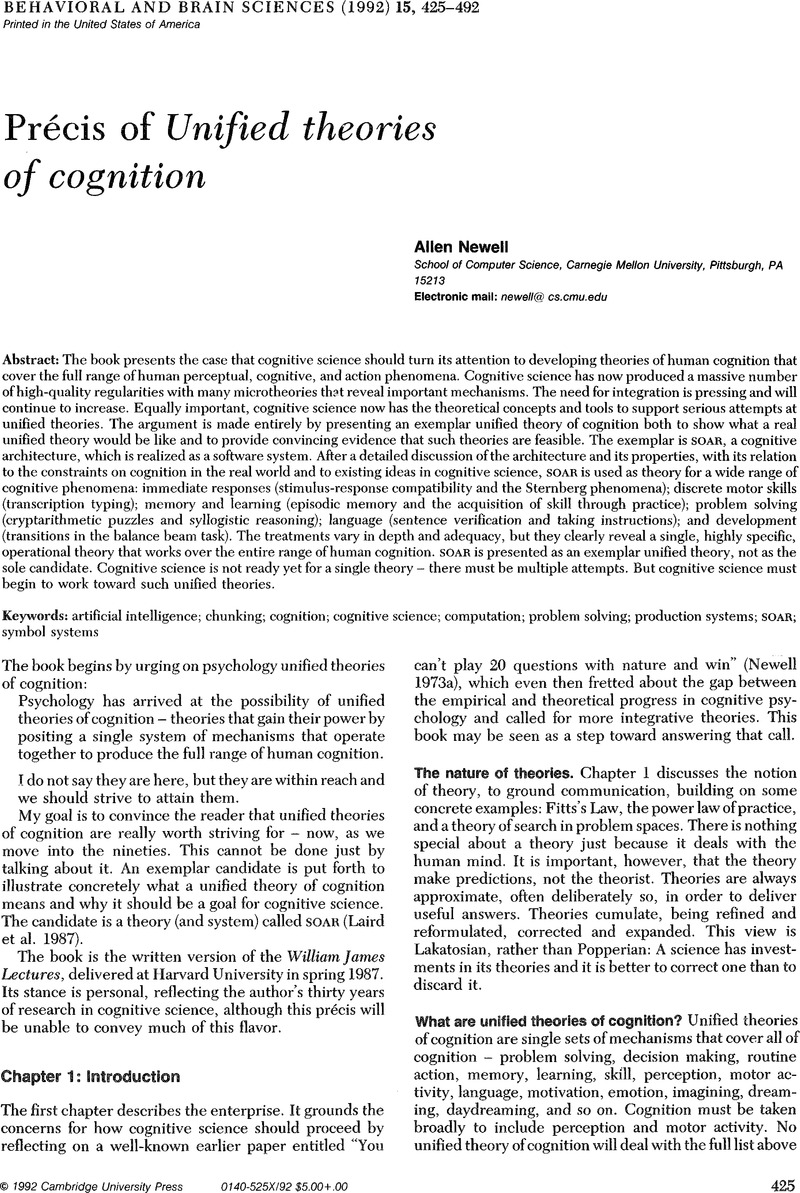Crossref Citations
This article has been cited by the following publications. This list is generated based on data provided by Crossref.
McEneaney, John E.
2016.
Simulation-Based Evaluation of Learning Sequences for Instructional Technologies.
Instructional Science,
Vol. 44,
Issue. 1,
p.
87.



